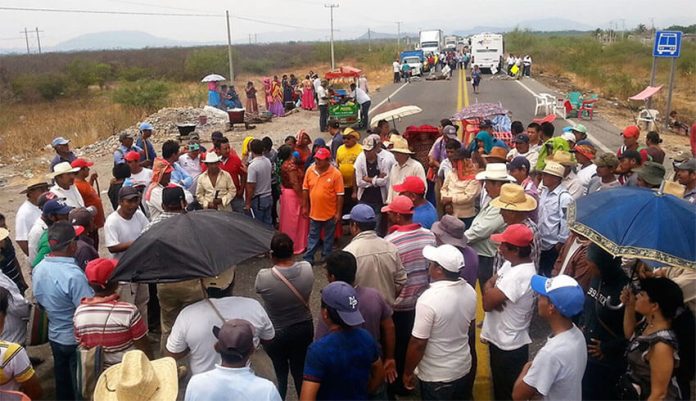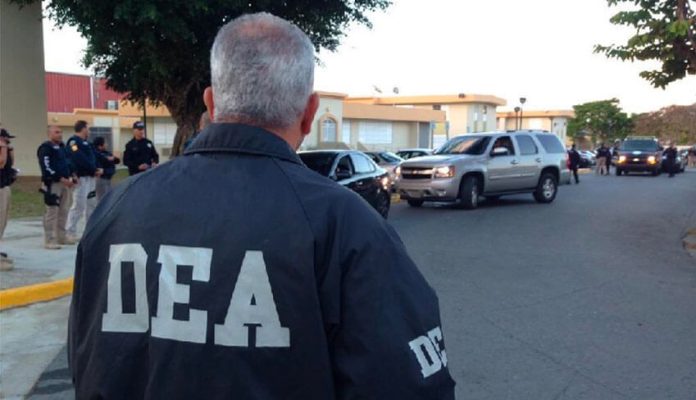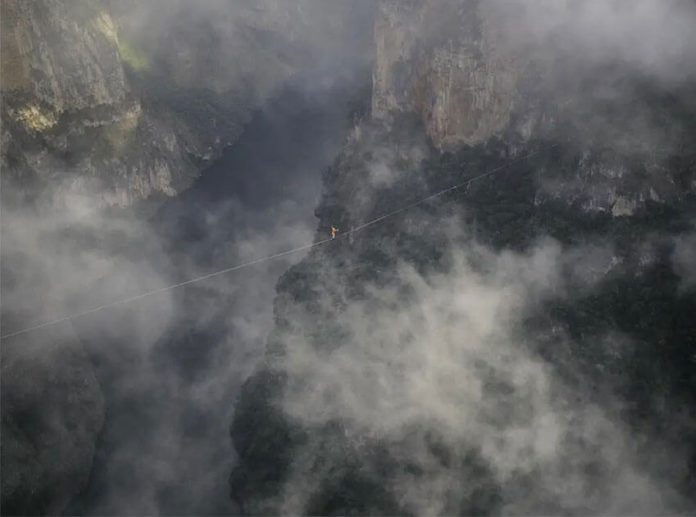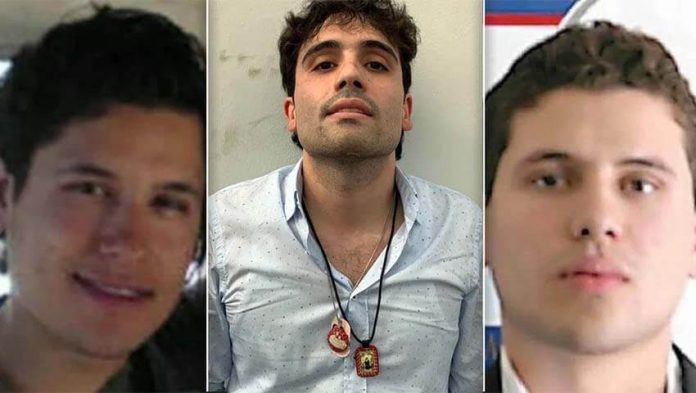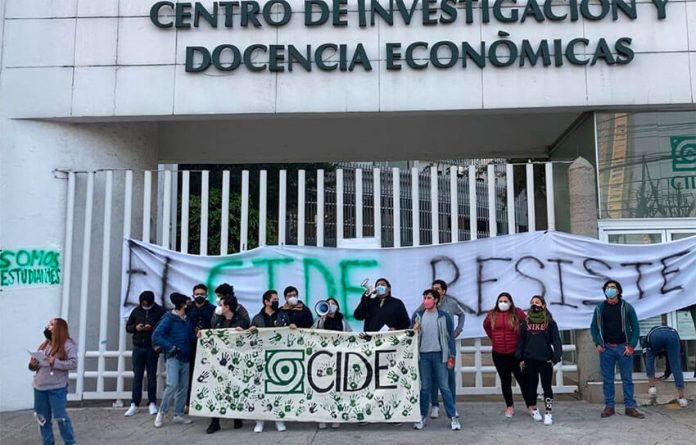It is 500 years since the Spanish conquest of Mexico but a line winding around a Madrid block shows that the legacy of half a millennium is more than rancor.
The queue was for an exhibition last month at the Casa de México cultural institute — a display about the Day of the Dead that attracted 65,000 visitors, overwhelmingly locals. Families patiently waited to see traditional altars heaped with model skulls and ceramics, great green glass candelabras and other examples of popular Mexican art.
That level of interest, in a city where rival attractions include some of the world’s great museums and galleries, contrasted with a transatlantic slanging match between politicians.
Mexican President López Obrador stepped up his campaign for Spain to ask forgiveness for its conquest of his country. Isabel Díaz Ayuso, the leader of Madrid’s regional government, contested that Spain had given the Americas the Spanish language, Catholicism “and as a result, civilization and freedom.”
This was always set to be a turbulent year for relations between the old capital and the former colony: 2021 also marks the 200th anniversary of Mexico’s declaration of independence from Spain.
Perceptions of the colonial period differ drastically. Mexico is so marked by the experience that people say “mande” — “command me” — instead of “what”? As a former Mexico reporter now in Spain, I still do a double take when I walk past streets named after the likes of Hernán Cortés, the conquistador who remains many Mexicans’ public enemy No. 1. Cortés is a sinister, simpering presence in Diego Rivera’s great murals in the National Palace in Mexico City, where the viceroys ruled and López Obrador now holds court.
Yet even as politicians shout past each other to rally their bases, culture can be a meeting point. One reason my family went to the Day of the Dead exhibition was because my son, like many other primary-school kids in Madrid, is learning about Mexico.
Some Europeans appreciated Mexican art from the first. In 1520, the German artist Albrecht Dürer visited an exhibition of plundered Aztec treasures in Brussels and wrote: “All the days of my life I have seen nothing that rejoiced my heart so much as these things, for I saw among them wonderful works of art, and I marvelled at the subtle ingenuity of men in foreign lands.”
While those gold necklaces, scepters and mosaics have disappeared, melted down for their gold amid the despoliation of the Aztec empire, the much humbler exhibition at the Casa de México is an exercise in bridge building. “We are a window into Mexico in Spain,” says Ximena Caraza Campos, its director general.
As a Mexican cultural institution the Casa, which gets over 130,000 visitors a year, has government representatives on its board. But its day-to-day operations are privately financed and it was founded by Valentín Díez Morodo, a son of Spanish émigrés who has made millions with Grupo Modelo, Mexico’s biggest brewery (now part of AB InBev). The Casa is his bid to bring the two countries closer, by fostering cultural and also business ties.
Those ties run deep. Mexico has a place of pride, particularly among the Spanish left, for taking in republicans during and after the Spanish civil war. Among them was Luis Buñuel, the Aragón-born surrealist filmmaker, who made, among other Mexican masterpieces, Los Olvidados, about Mexico’s City’s street children.
When I lived in Mexico City, 25 years ago, I used to stroll in Parque España, where a statue of an open hand pays tribute to Mexico’s welcome to the exiles. After landing a freelance job with the Financial Times, I celebrated by taking a slow train to Veracruz, and traveled to La Antigua, the first Spanish town in Mexico, where tropical forest grows among the ruins of Cortés’ house.
By contrast, when the Spaniards built on the Aztec capital of Tenochtitlán, which became Mexico City, their works endured. Mexico remains the country of mestizaje, or mixing, its Spanish legacy an essential ingredient as the two countries’ cultures criss-cross the centuries. Places such as the Casa de México make the subtle ingenuity of people in faraway lands just that little bit closer.
© 2021 The Financial Times Ltd. All rights reserved. Please do not copy and paste FT articles and redistribute by email or post to the web.

